Buy this landscape artwork The vagabond by Sandu Brus ARCANE ART STUDIO on canvas, ArtFrame, poster and wallpaper, printed on demand in high quality.
About "The vagabond"
by Sandu Brus ARCANE ART STUDIO
About the artwork
The title "Vagabond" describes the surreal, theatrical, slightly melancholic mood of the picture. colourful. The man's wanderlust appears as an inner, poetic impulse rather than a mere desire to travel: nomadic in the sense of a vagabond who visits places to gather impressions and experiences. Travelling is both an escape and a search - for beauty, for meaning, for connection. He travels not only physically, but also in memories and ideas; the goose can stand as a faithful companion, symbolising rootedness despite constant movement. Patterns and bold colours create a playful, magical atmosphere, while the vagabond's quiet, pensive face adds a hint of loneliness and mystery, and the relationship with the goose appears familiar and caring - the vagabond holds the animal carefully like a cherished companion. At the same time, the aesthetic tension between human extravagance and animal composure creates a combination of protection, respect and a quiet, nomadic intimacy. The man comes across as a sensitive, eccentric free spirit: cultivated and imaginative (his opulent, patterned robe and fine accessories), yet at the same time introverted and thoughtful (calm gaze, pale expression). He radiates self-assurance without being overbearing - someone who lives by his own rules, carries memories and stories with him, slightly melancholic but warm-hearted in his behaviour (such as the tender way he holds the goose).
Conceived by Sandu Brus ARCANE ART STUDIO, visualized with AI.

About Sandu Brus ARCANE ART STUDIO
Sandu Brus was born in Poland and has lived in Germany for many years. She has been painting since childhood and later developed a deep passion for photography. After graduating from an art school, she won several competitions and showed her work in exhibitions in Germany, Poland alongside.. Read more…
 Germany
Germany Ordered in August 2019
Ordered in August 2019
 Germany
Germany Ordered in February 2021
Ordered in February 2021
 Germany
Germany Ordered in January 2021
Ordered in January 2021
 Germany
Germany Ordered in August 2025
Ordered in August 2025
 Germany
Germany Ordered in December 2021
Ordered in December 2021
 Netherlands
Netherlands Ordered in January 2020
Ordered in January 2020
 Germany
Germany Ordered in November 2022
Ordered in November 2022
 Germany
Germany Ordered in October 2023
Ordered in October 2023
 Germany
Germany Ordered in November 2020
Ordered in November 2020
 Germany
Germany Ordered in February 2023
Ordered in February 2023
 Netherlands
Netherlands Ordered in July 2019
Ordered in July 2019
 Netherlands
Netherlands Ordered in July 2018
Ordered in July 2018
About the material
ArtFrame™
Interchangeable Art Prints
- High-quality print
- Easily interchangeable
- Acoustic function
- Large sizes available
Discover the artworks of Sandu Brus ARCANE ART STUDIO
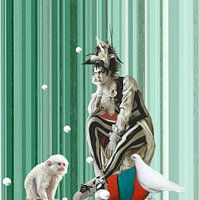 The dream of a clown ( picture 2 below)Sandu Brus ARCANE ART STUDIO
The dream of a clown ( picture 2 below)Sandu Brus ARCANE ART STUDIO The girl with flying geeseSandu Brus ARCANE ART STUDIO
The girl with flying geeseSandu Brus ARCANE ART STUDIO Verdant LocomotionSandu Brus ARCANE ART STUDIO
Verdant LocomotionSandu Brus ARCANE ART STUDIO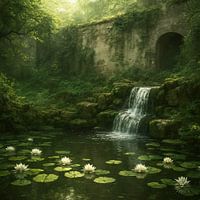 Whispering water lily pondSandu Brus ARCANE ART STUDIO
Whispering water lily pondSandu Brus ARCANE ART STUDIO Whispers of rust and rainSandu Brus ARCANE ART STUDIO
Whispers of rust and rainSandu Brus ARCANE ART STUDIO Pink SerenadeSandu Brus ARCANE ART STUDIO
Pink SerenadeSandu Brus ARCANE ART STUDIO Garden of memoriesSandu Brus ARCANE ART STUDIO
Garden of memoriesSandu Brus ARCANE ART STUDIO The emerald green dreamerSandu Brus ARCANE ART STUDIO
The emerald green dreamerSandu Brus ARCANE ART STUDIO Ruler with cat guardianSandu Brus ARCANE ART STUDIO
Ruler with cat guardianSandu Brus ARCANE ART STUDIO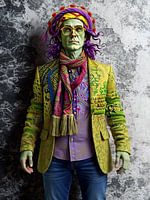 Psychedelic dandySandu Brus ARCANE ART STUDIO
Psychedelic dandySandu Brus ARCANE ART STUDIO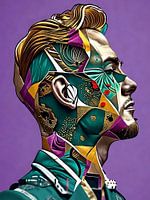 The fragmented inner worldSandu Brus ARCANE ART STUDIO
The fragmented inner worldSandu Brus ARCANE ART STUDIO The portrait of the little guardianSandu Brus ARCANE ART STUDIO
The portrait of the little guardianSandu Brus ARCANE ART STUDIO Sofa with predator viewSandu Brus ARCANE ART STUDIO
Sofa with predator viewSandu Brus ARCANE ART STUDIO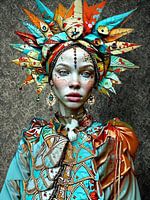 Nomad of lightSandu Brus ARCANE ART STUDIO
Nomad of lightSandu Brus ARCANE ART STUDIO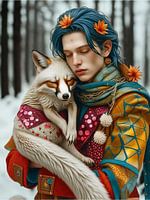 Secret connectionSandu Brus ARCANE ART STUDIO
Secret connectionSandu Brus ARCANE ART STUDIO Hidden tendernessSandu Brus ARCANE ART STUDIO
Hidden tendernessSandu Brus ARCANE ART STUDIO The guardian on the armchairSandu Brus ARCANE ART STUDIO
The guardian on the armchairSandu Brus ARCANE ART STUDIO Dripping silenceSandu Brus ARCANE ART STUDIO
Dripping silenceSandu Brus ARCANE ART STUDIO The vagabondSandu Brus ARCANE ART STUDIO
The vagabondSandu Brus ARCANE ART STUDIO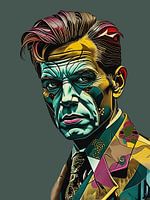 The strong manSandu Brus ARCANE ART STUDIO
The strong manSandu Brus ARCANE ART STUDIO
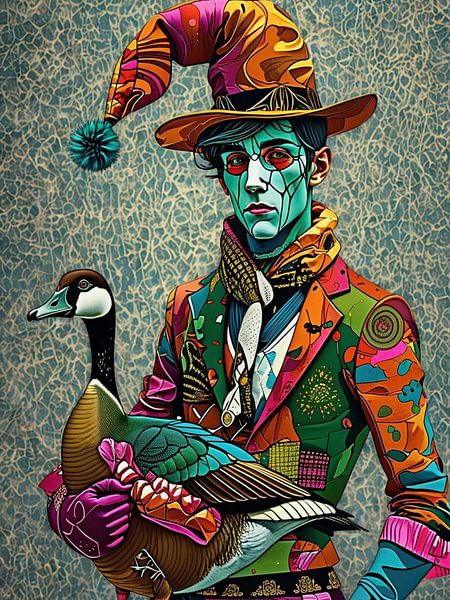












 Animals
Animals Bohemian
Bohemian Countries & Travel
Countries & Travel Digital art
Digital art Forest
Forest Landscapes
Landscapes Pop art
Pop art Surrealism
Surrealism Vibrant Colors
Vibrant Colors Vintage
Vintage Whimsical Wonders
Whimsical Wonders









